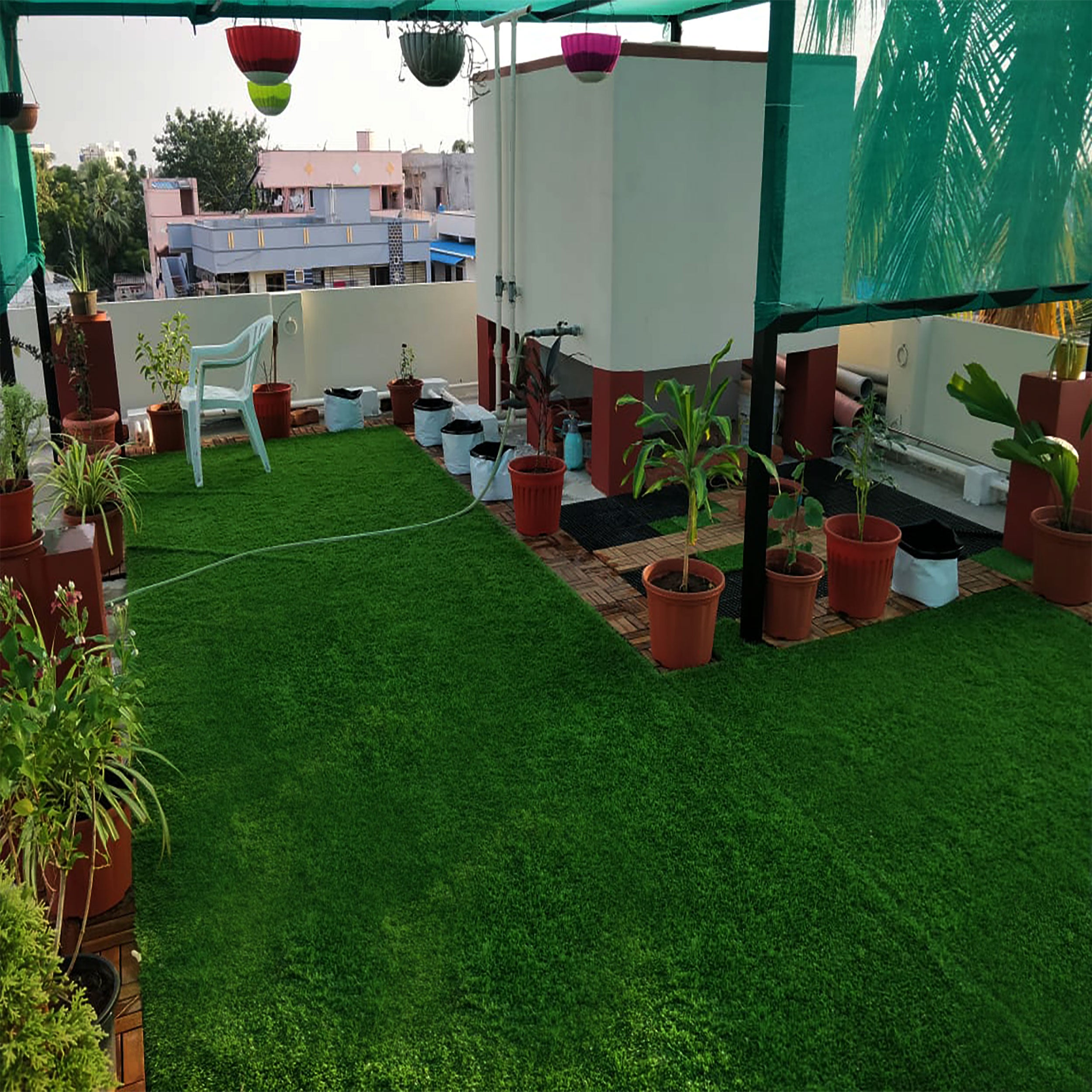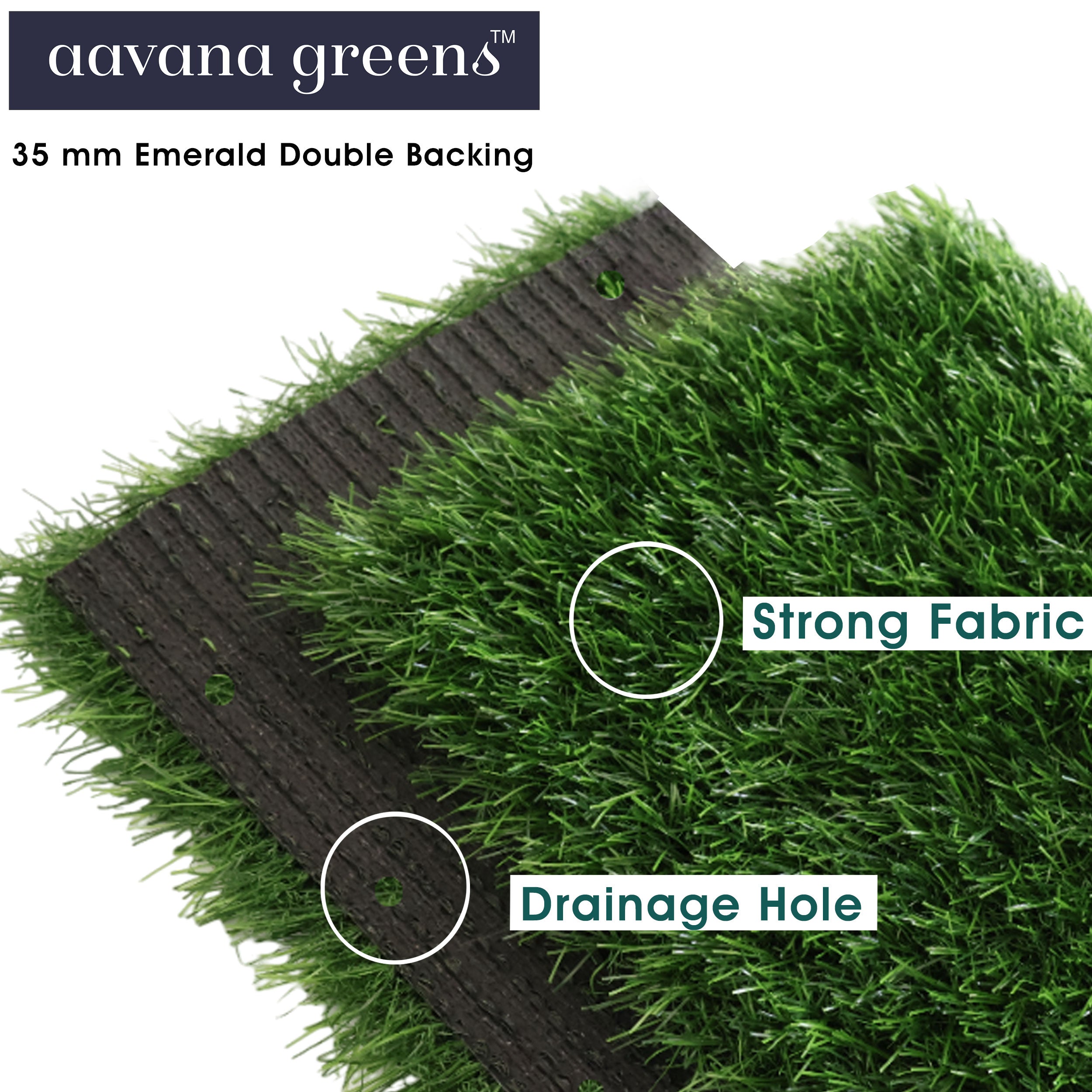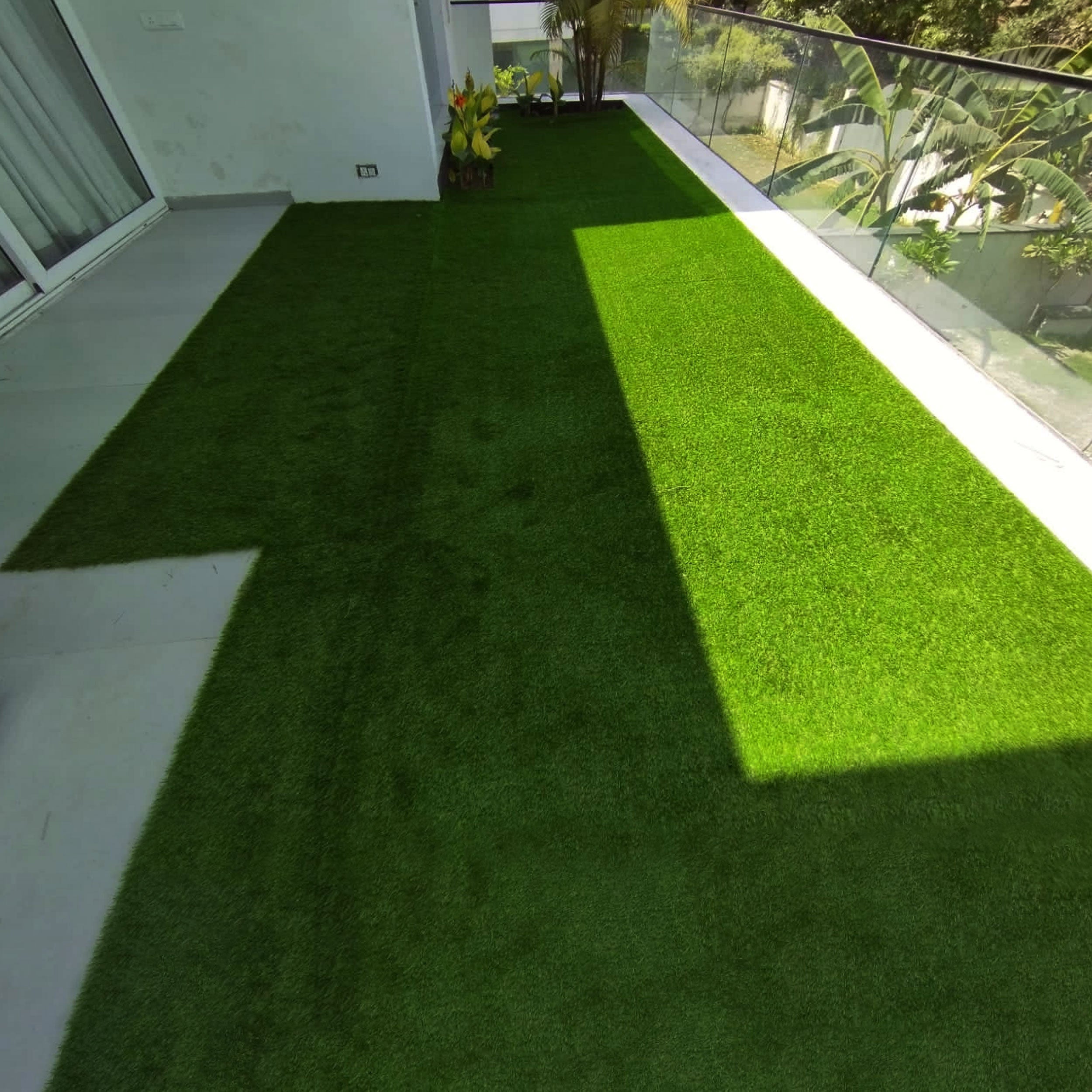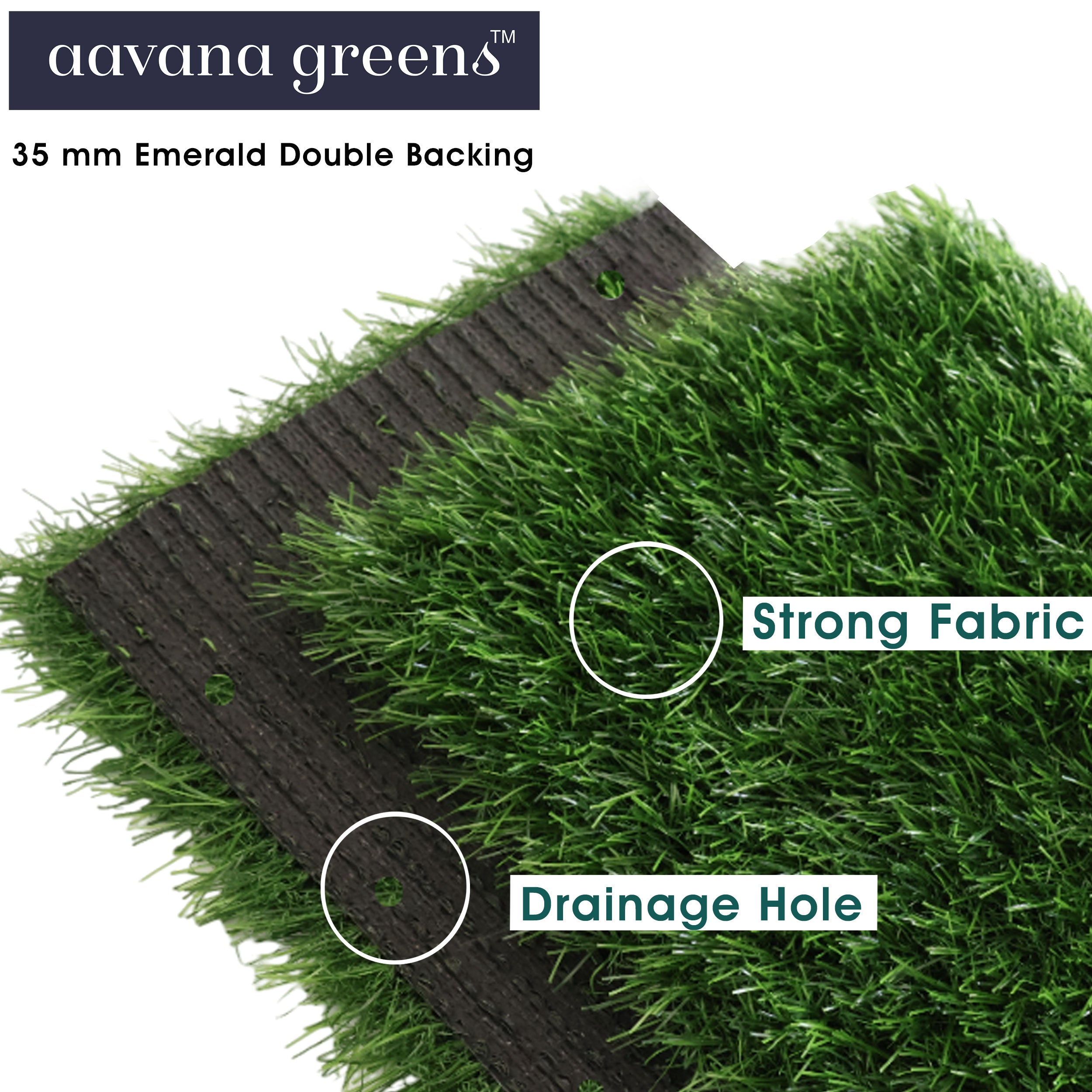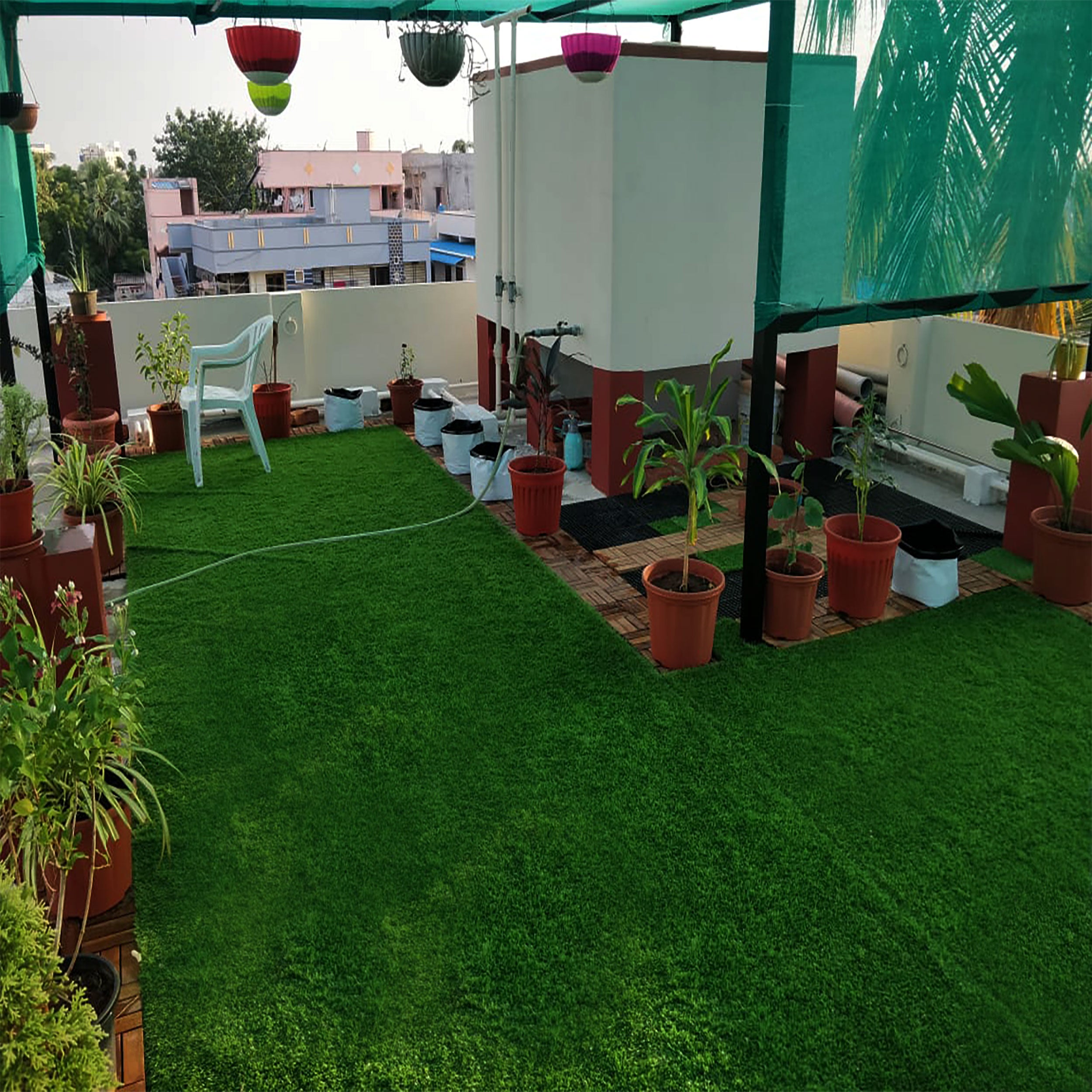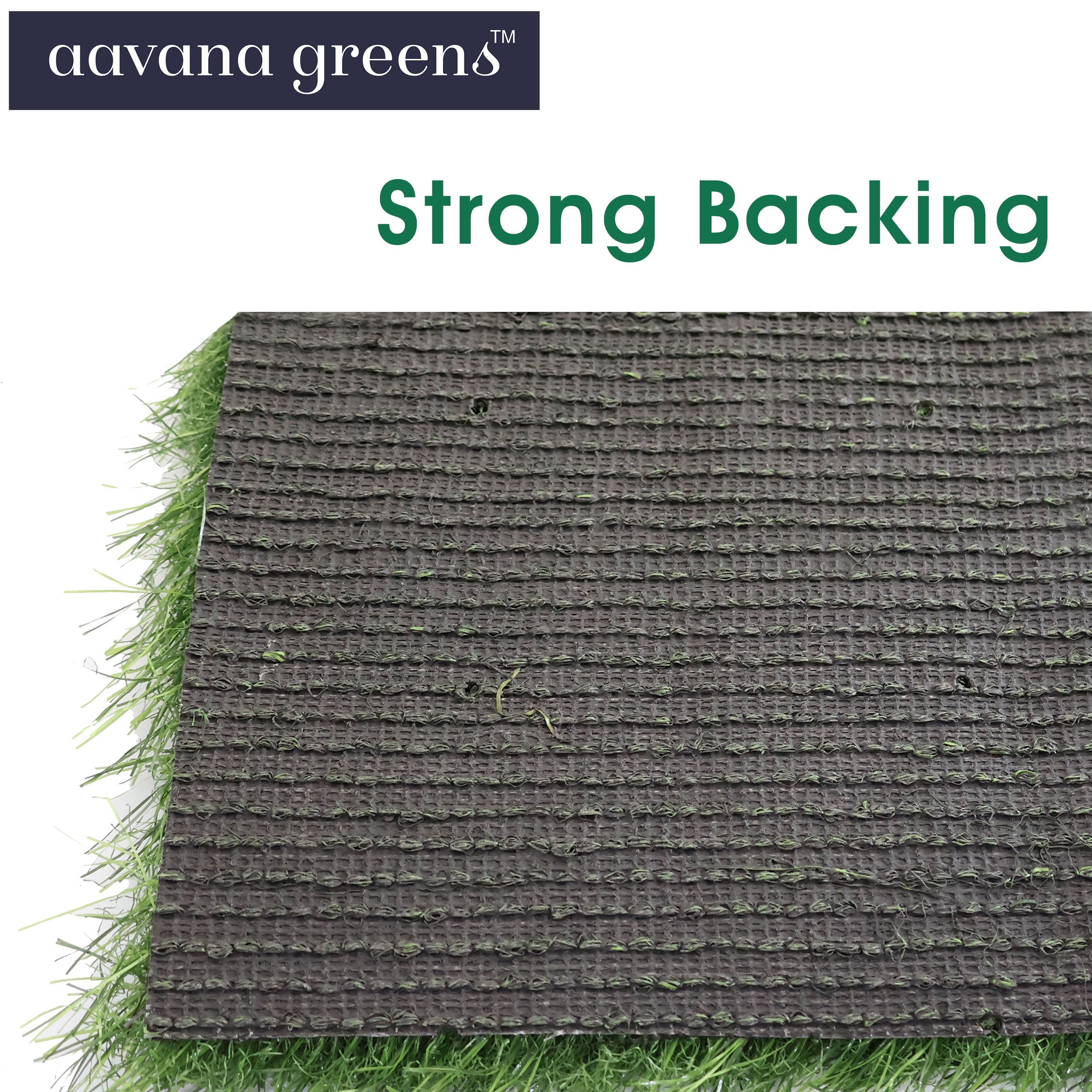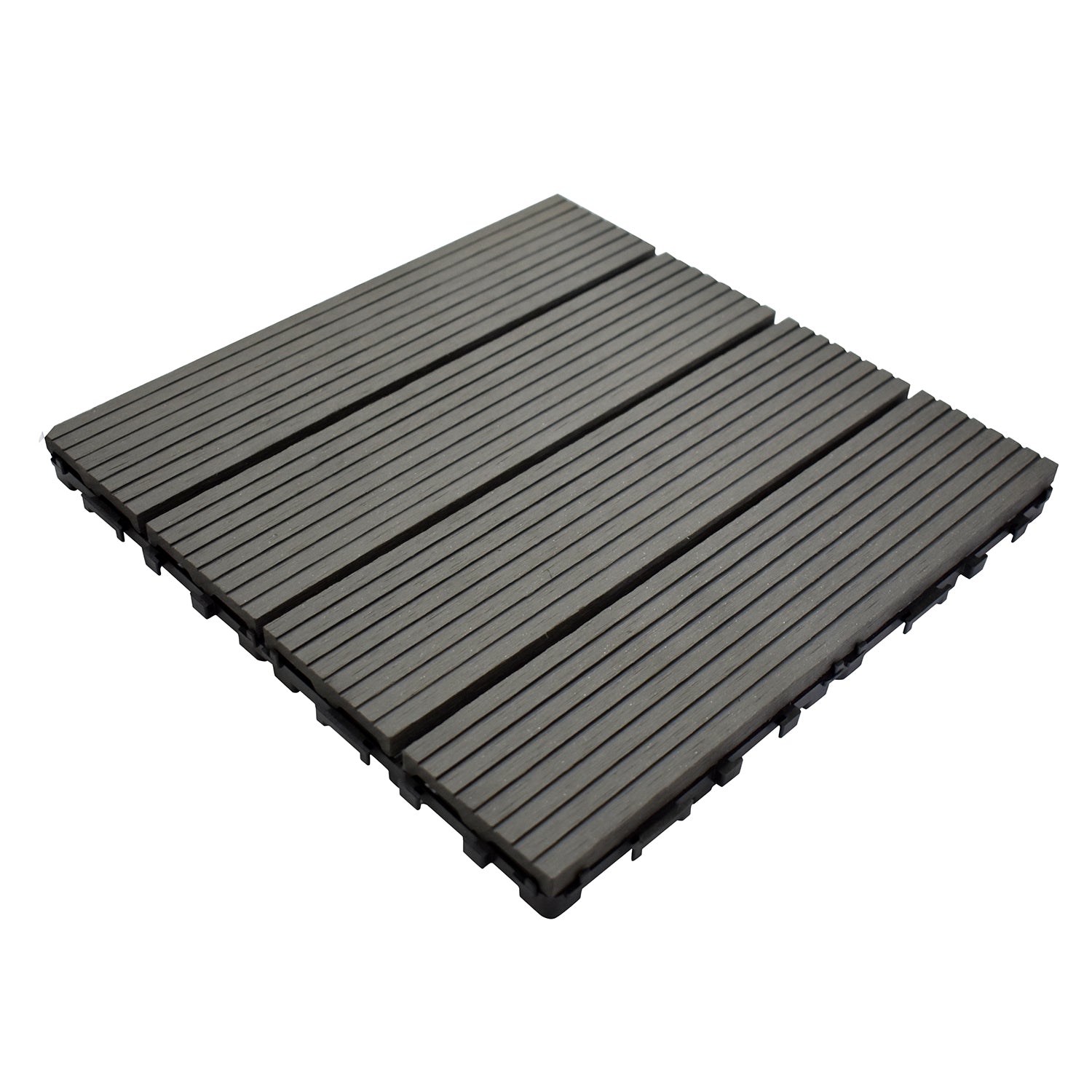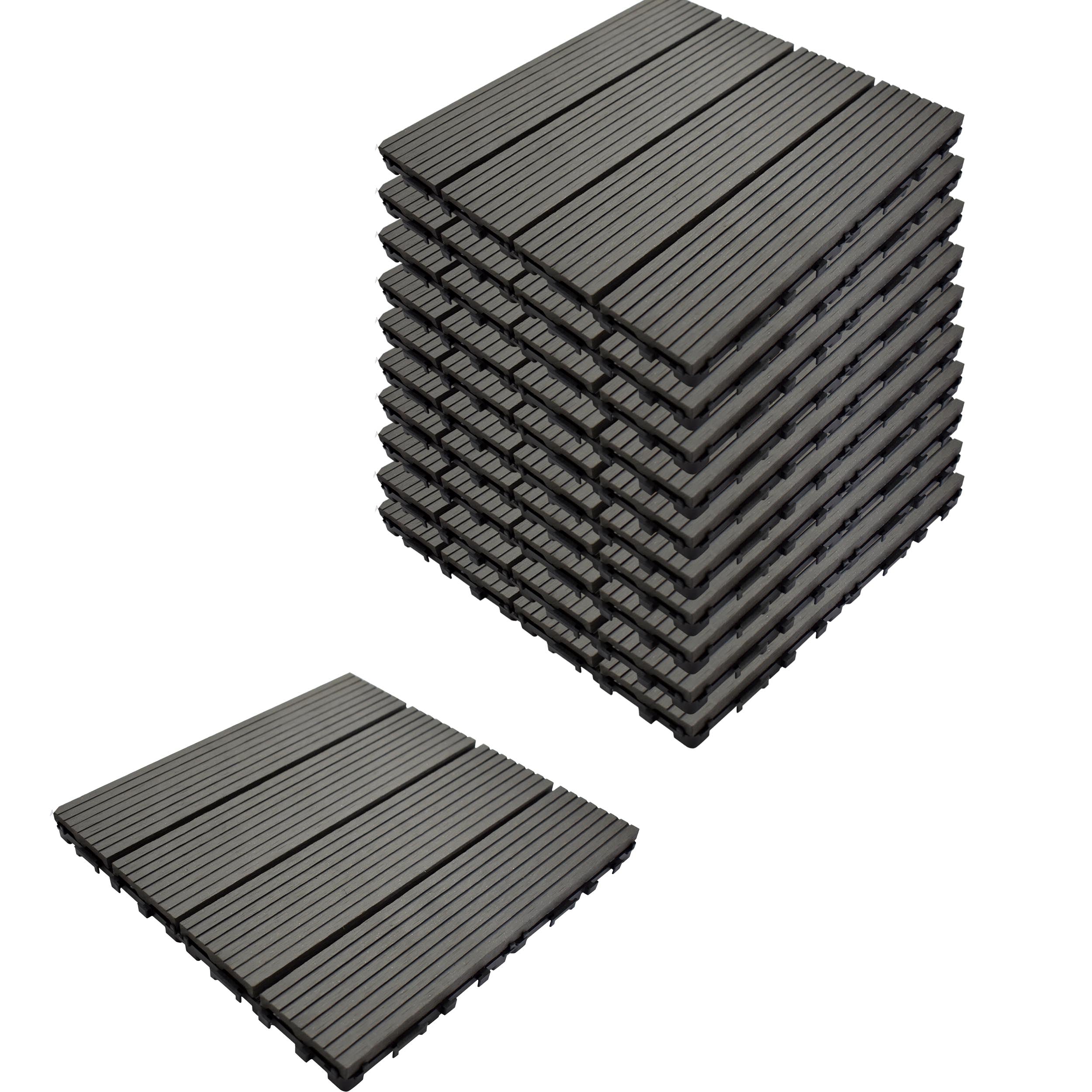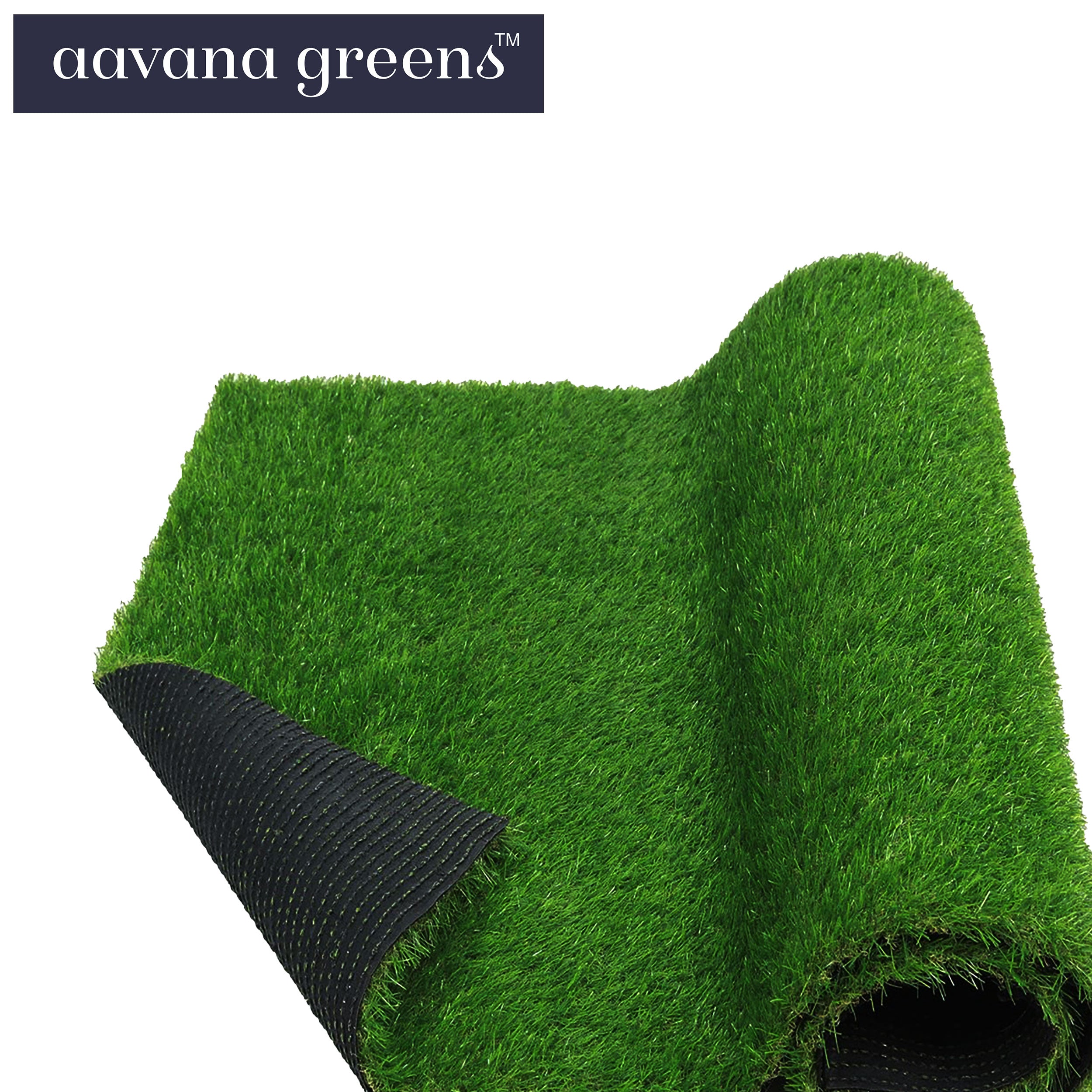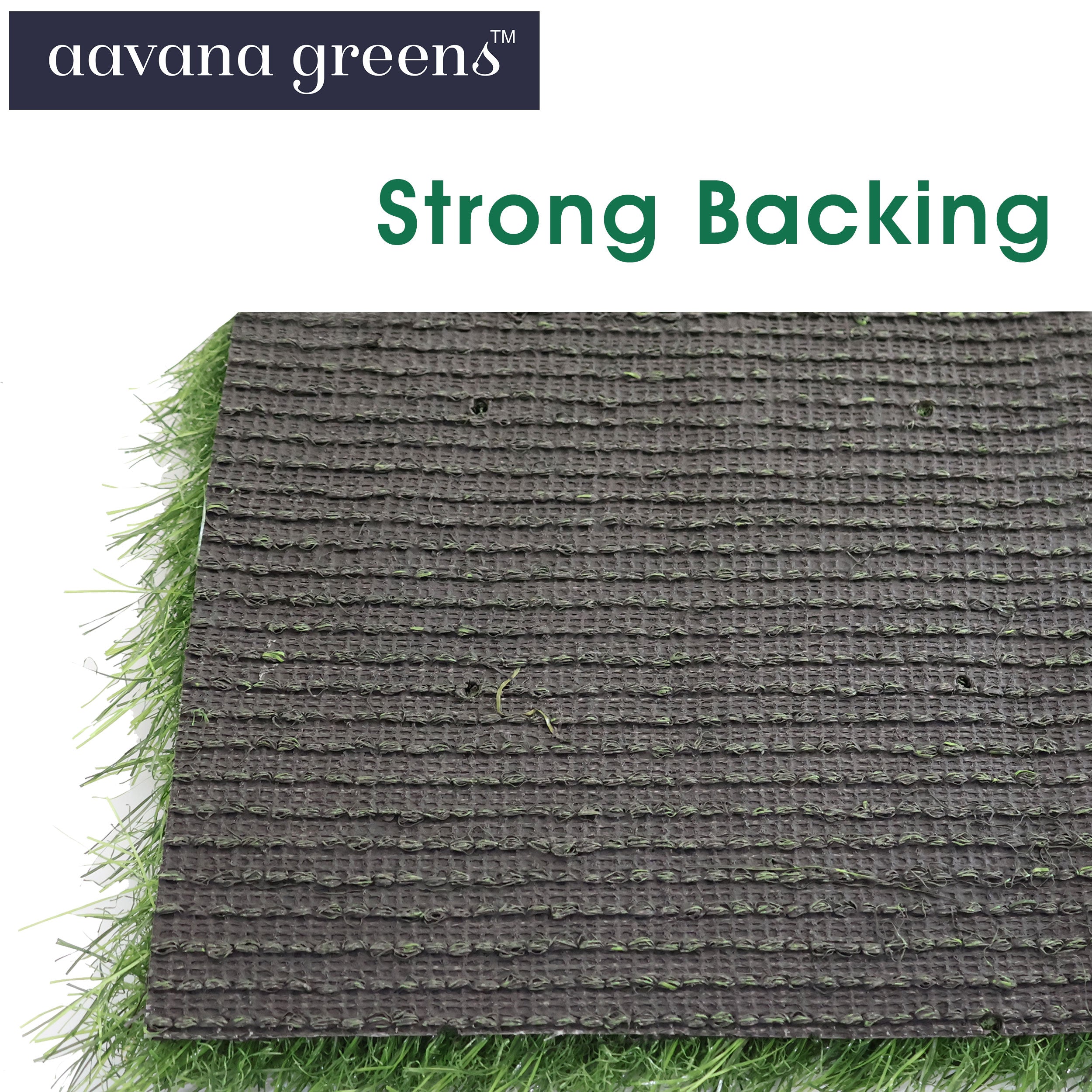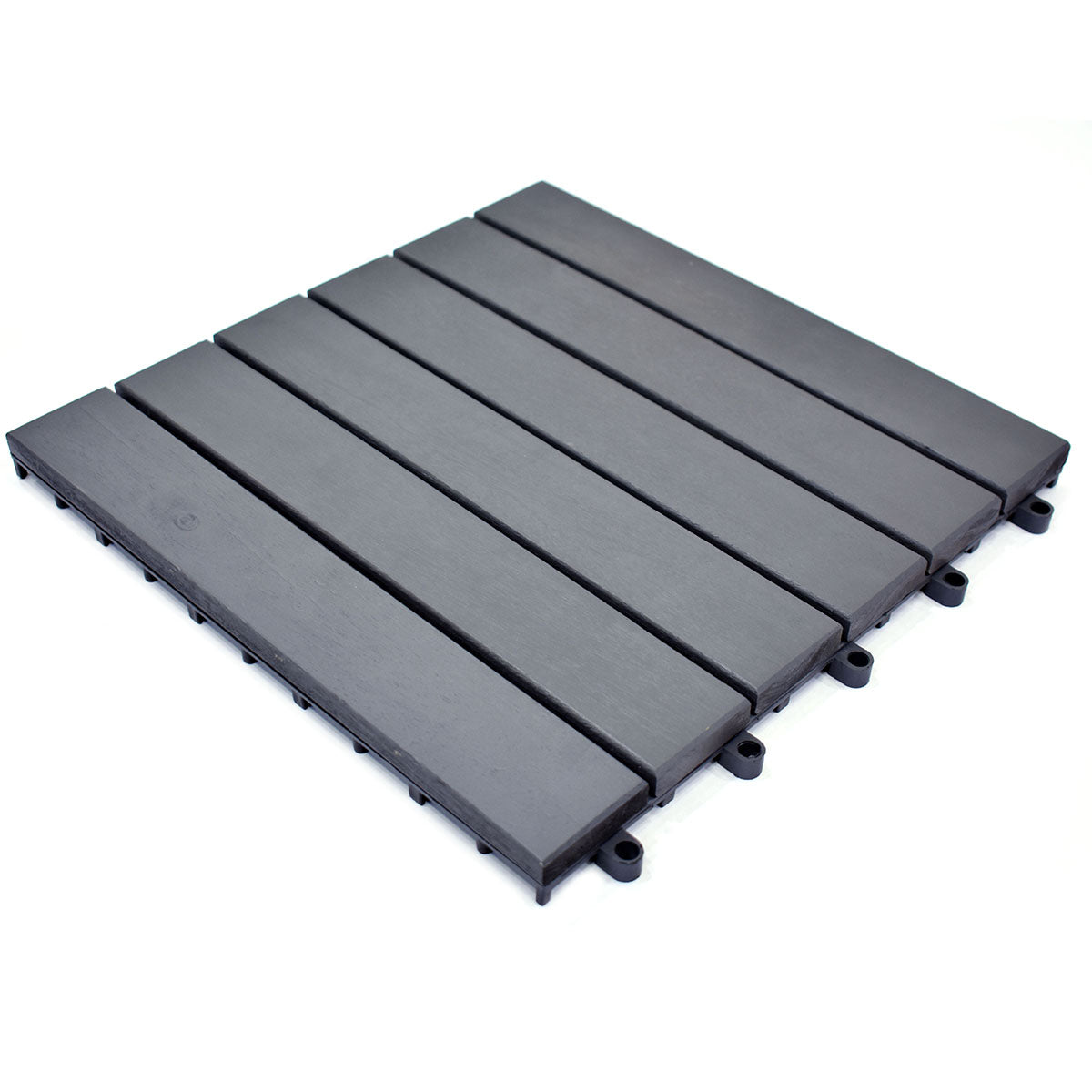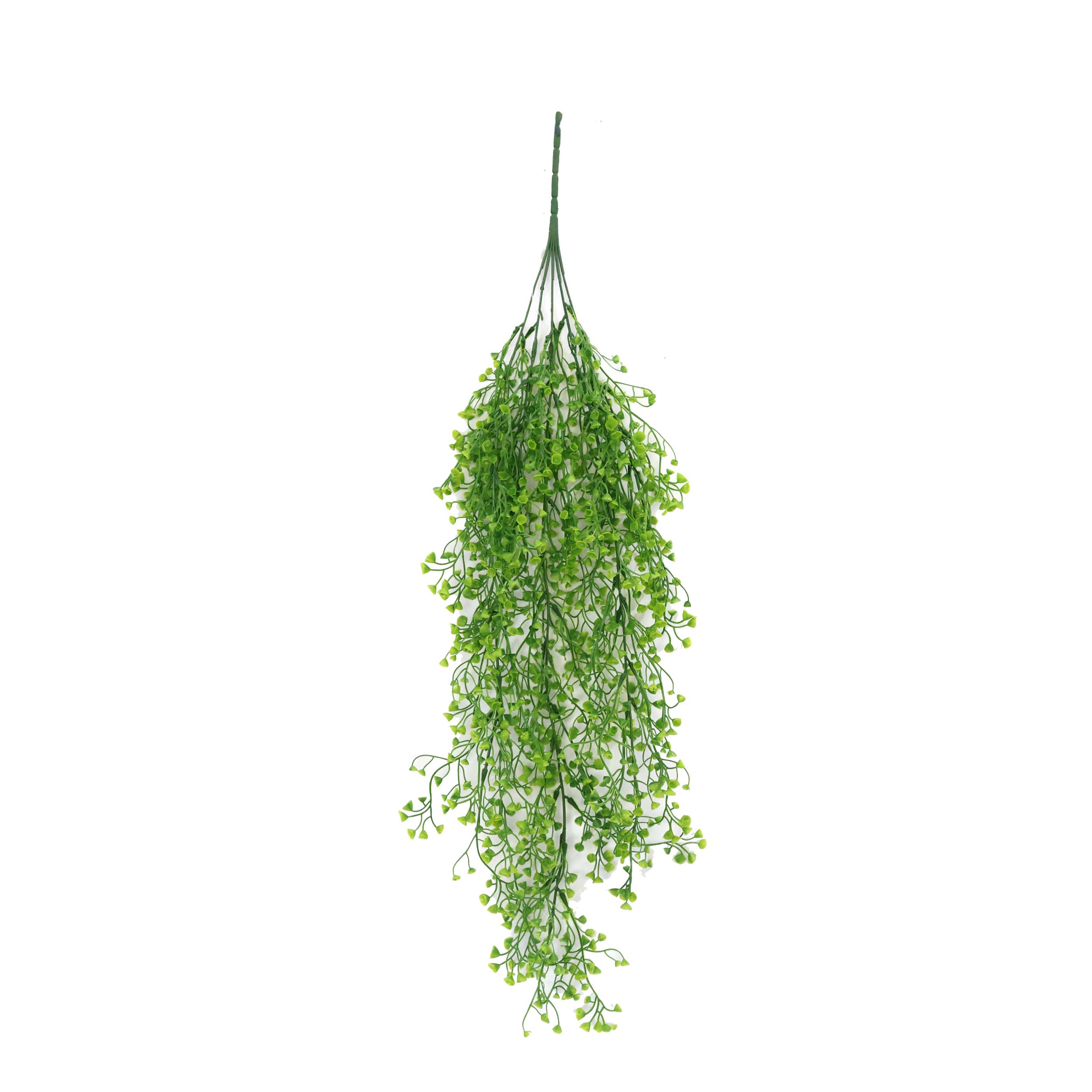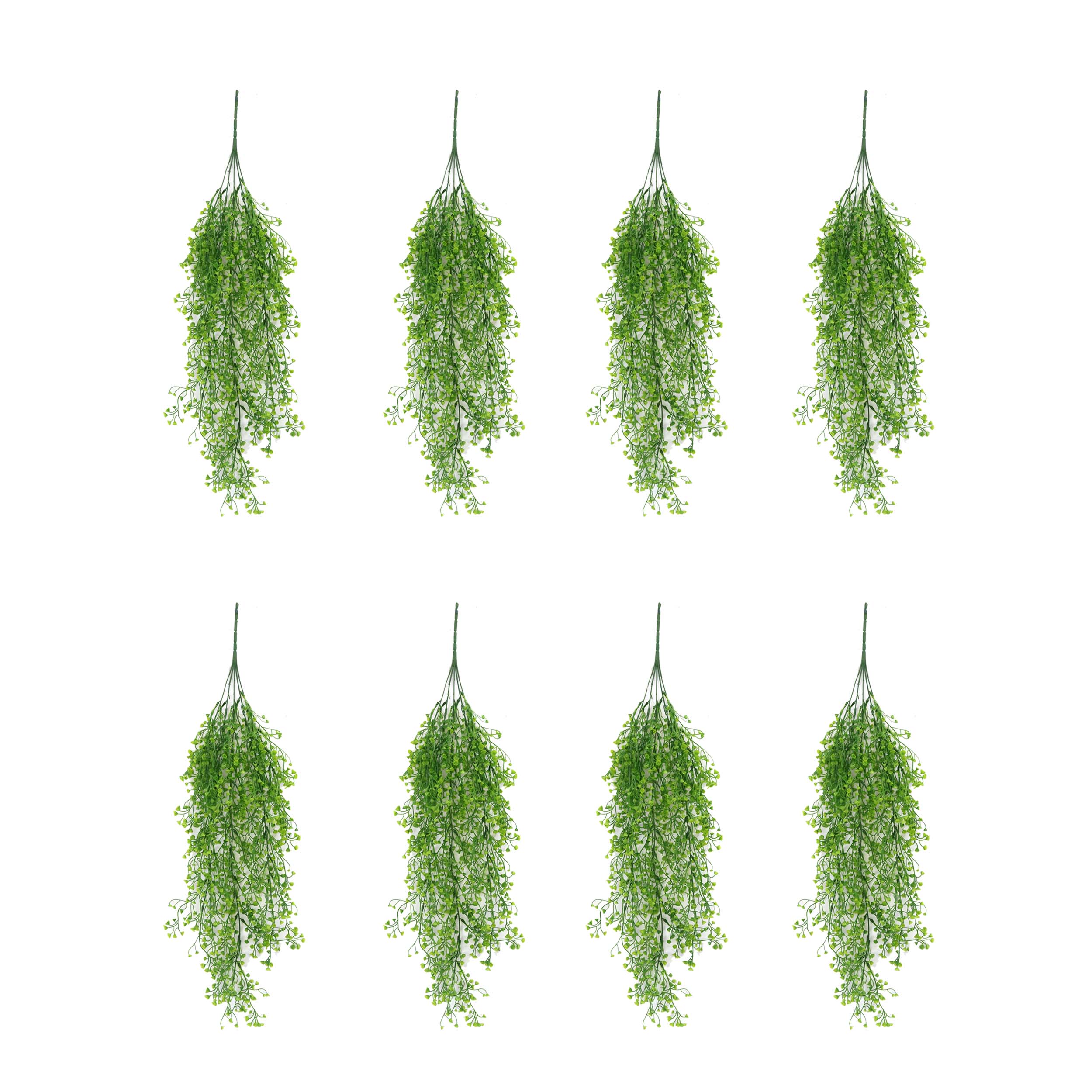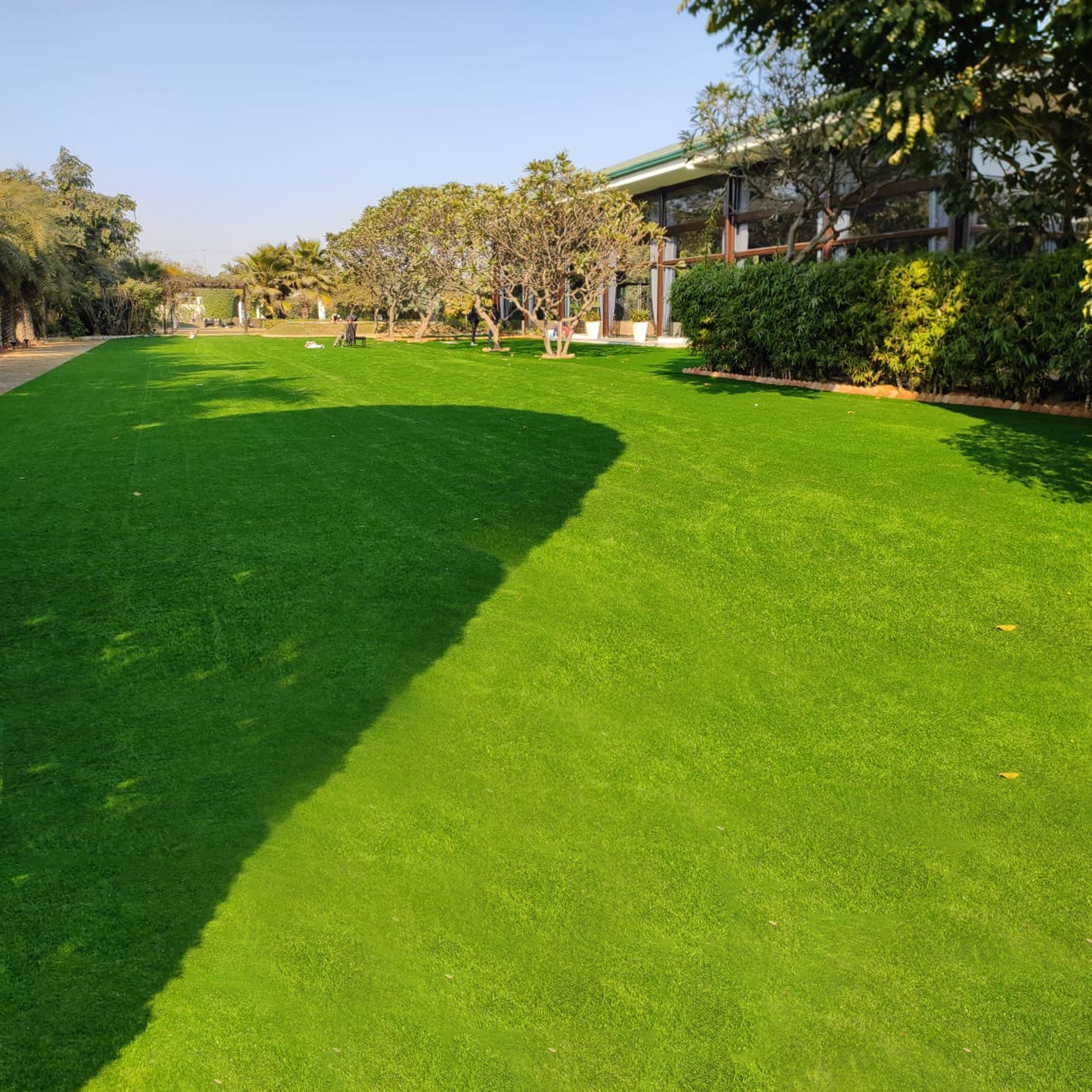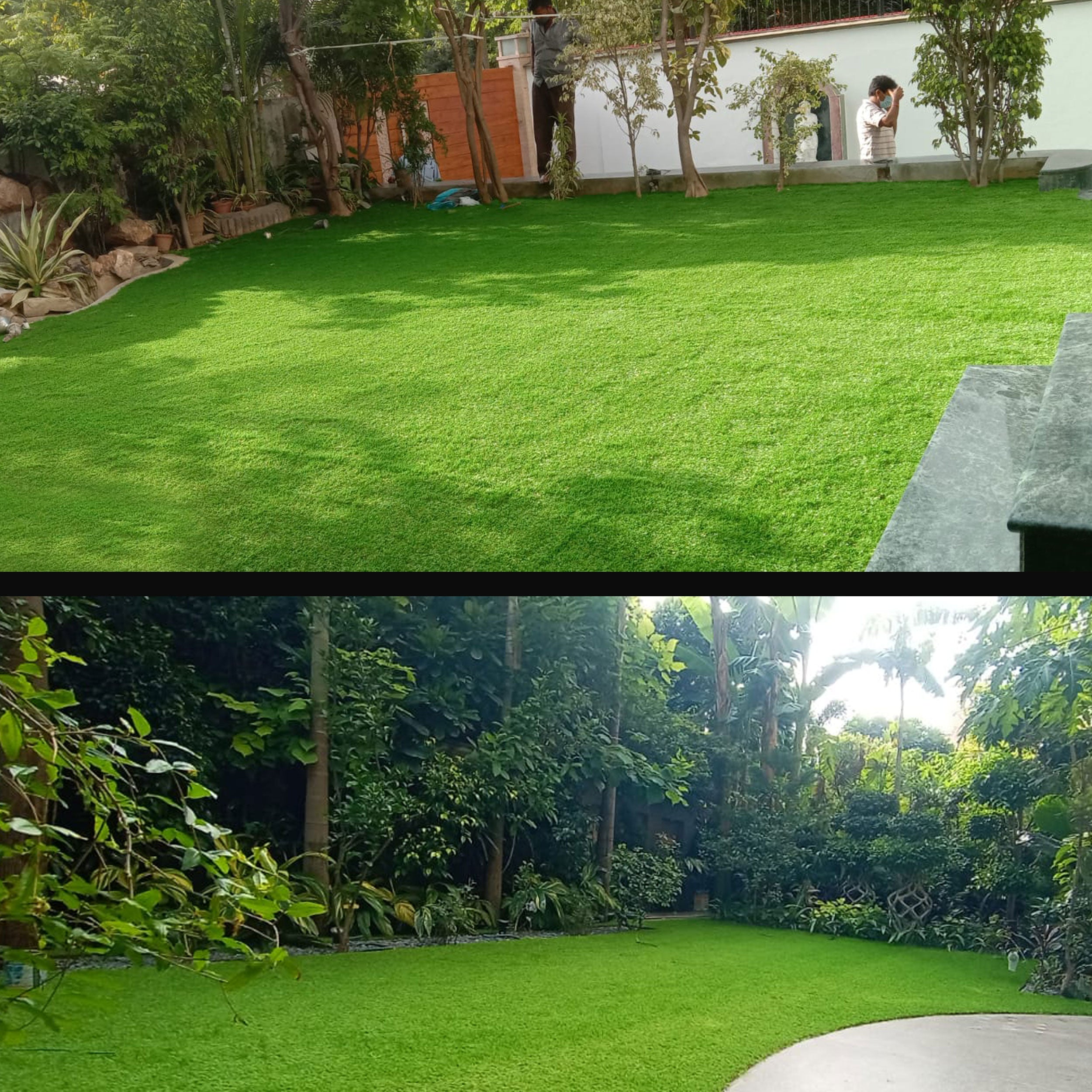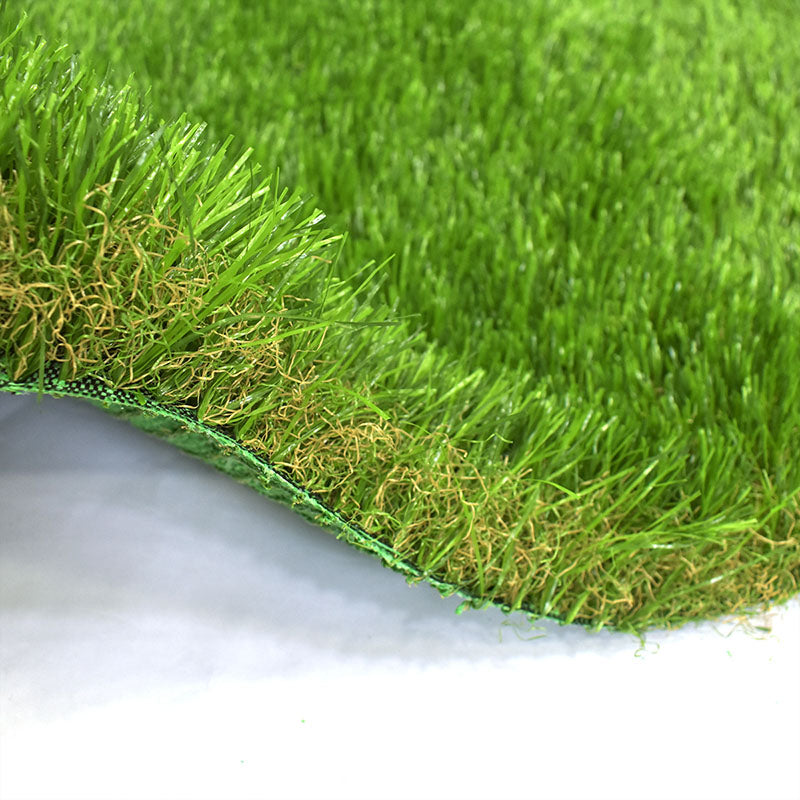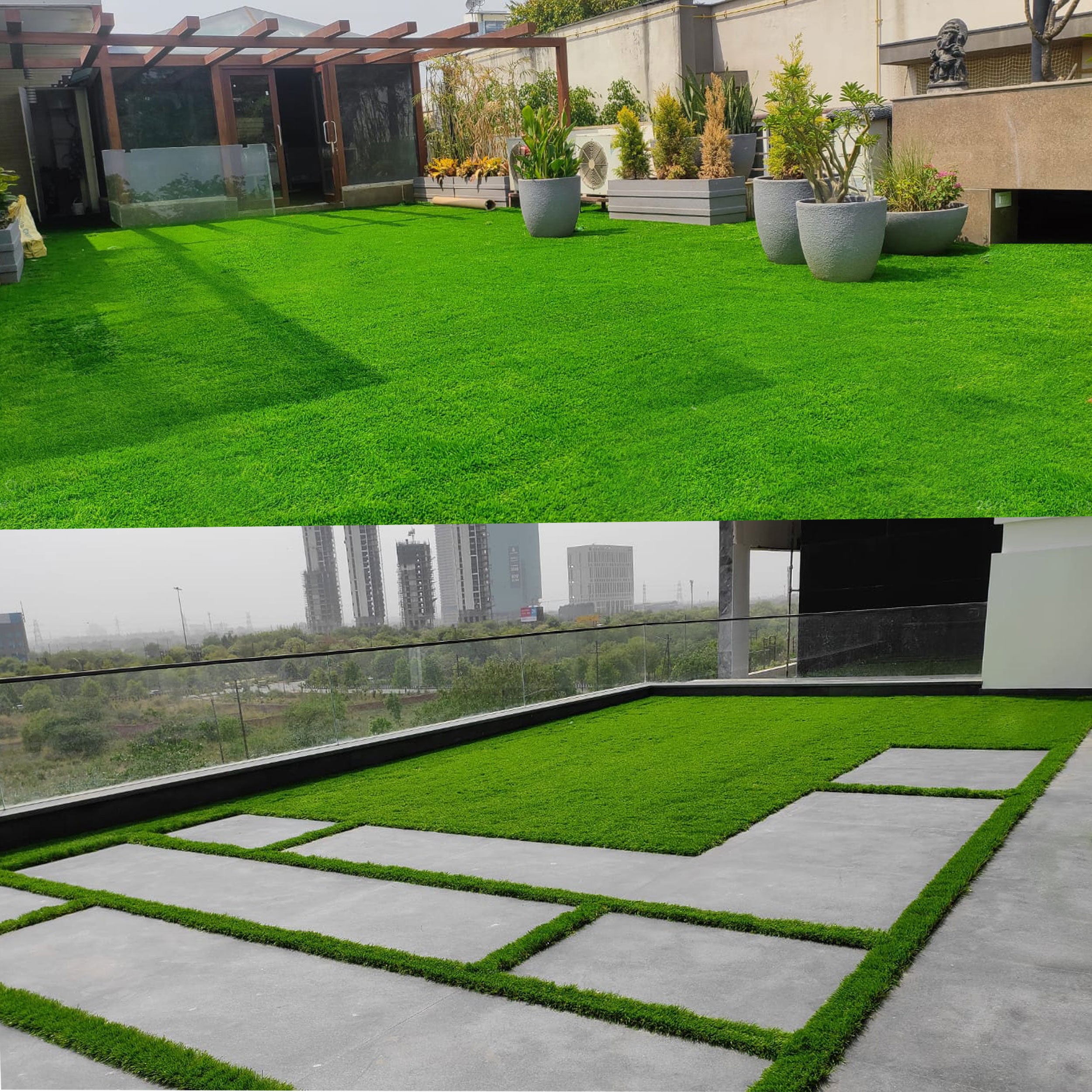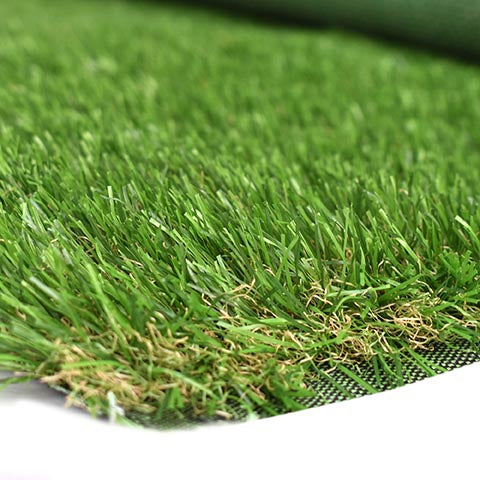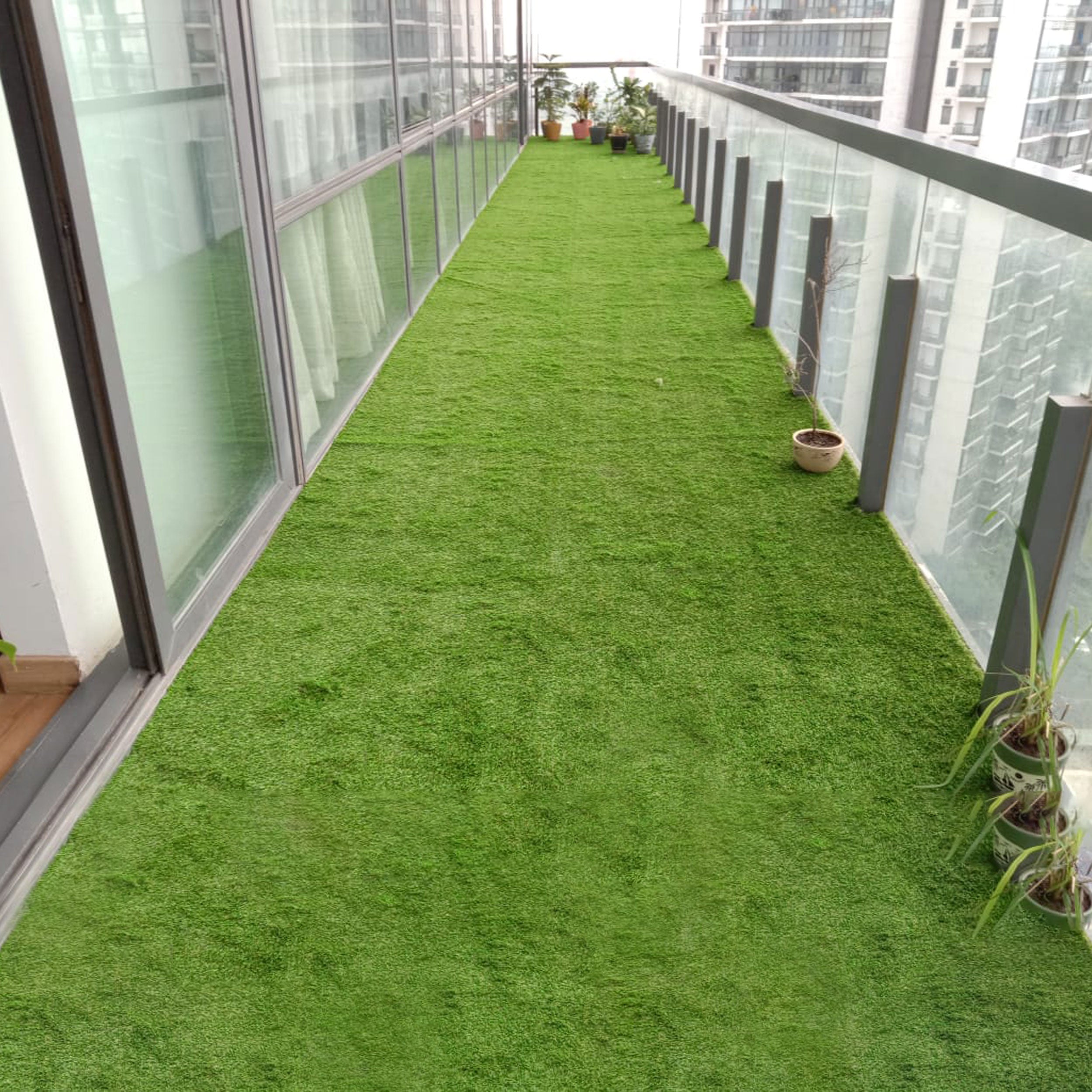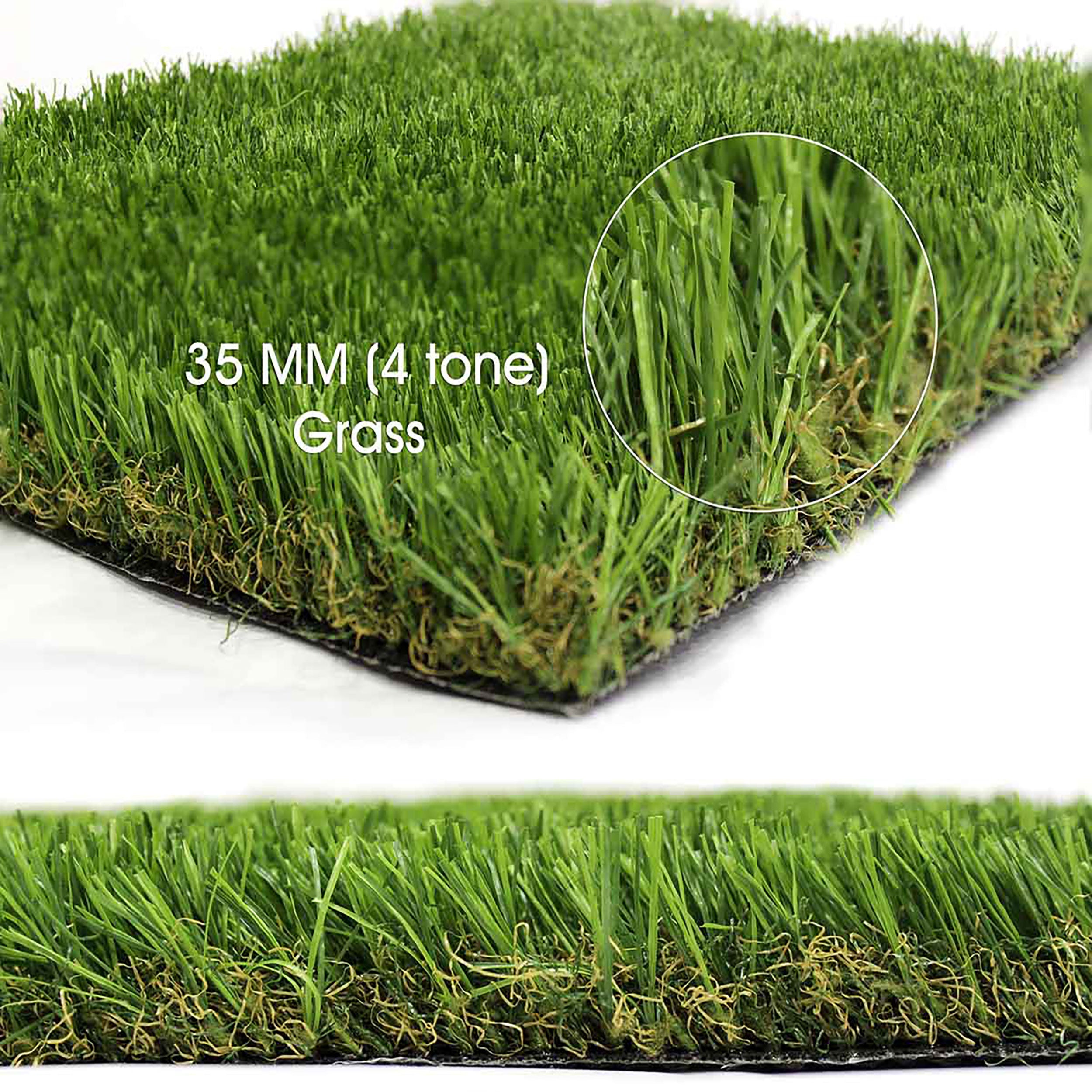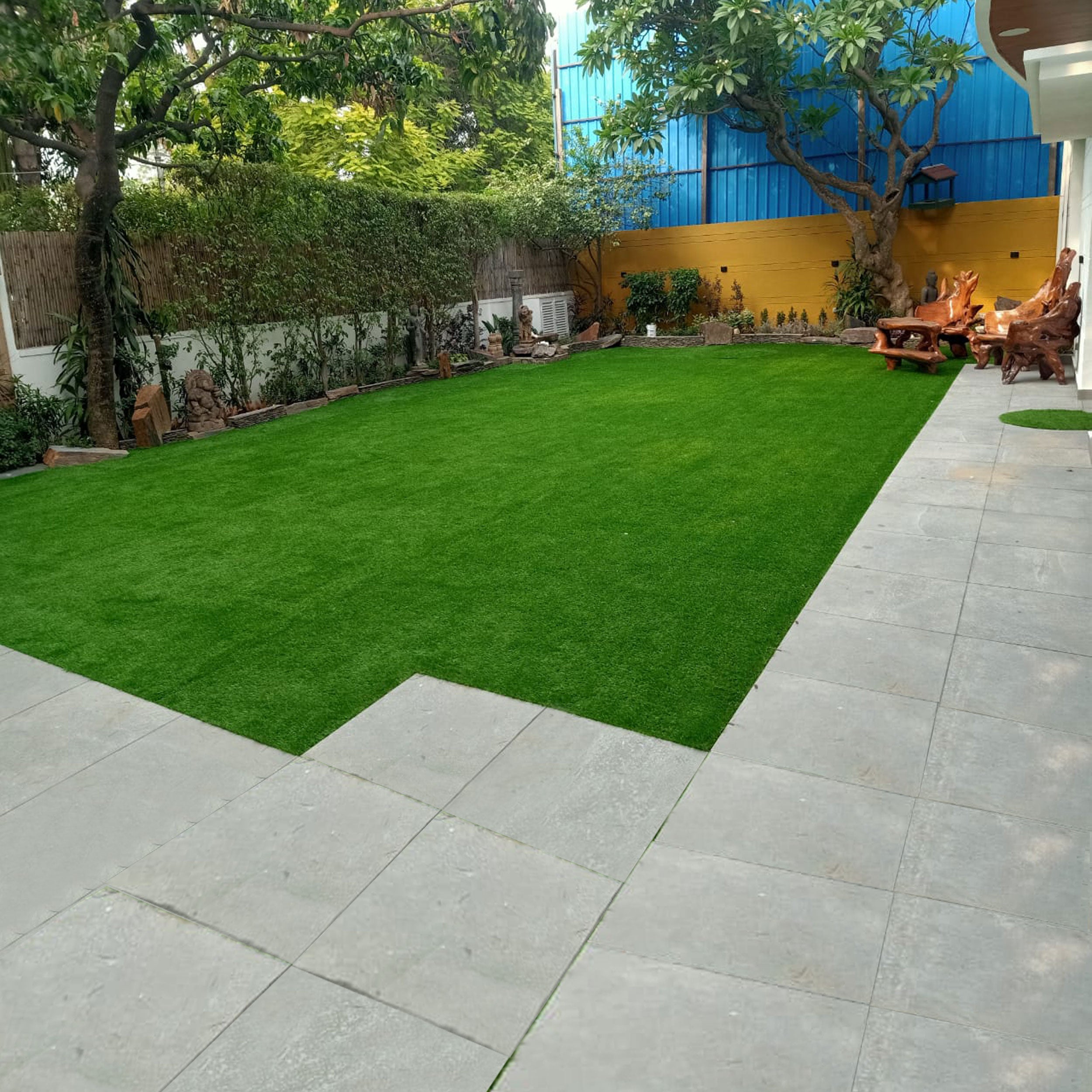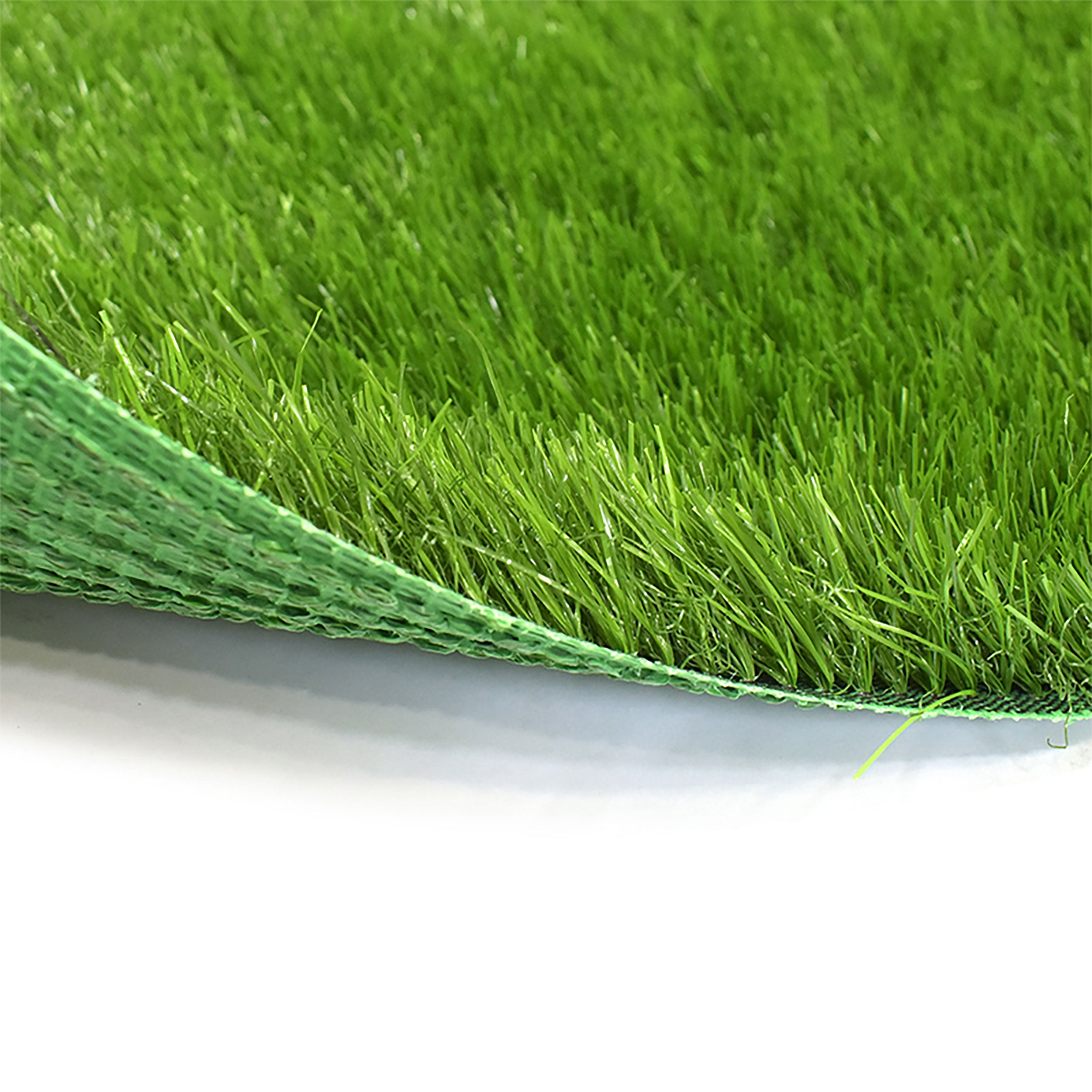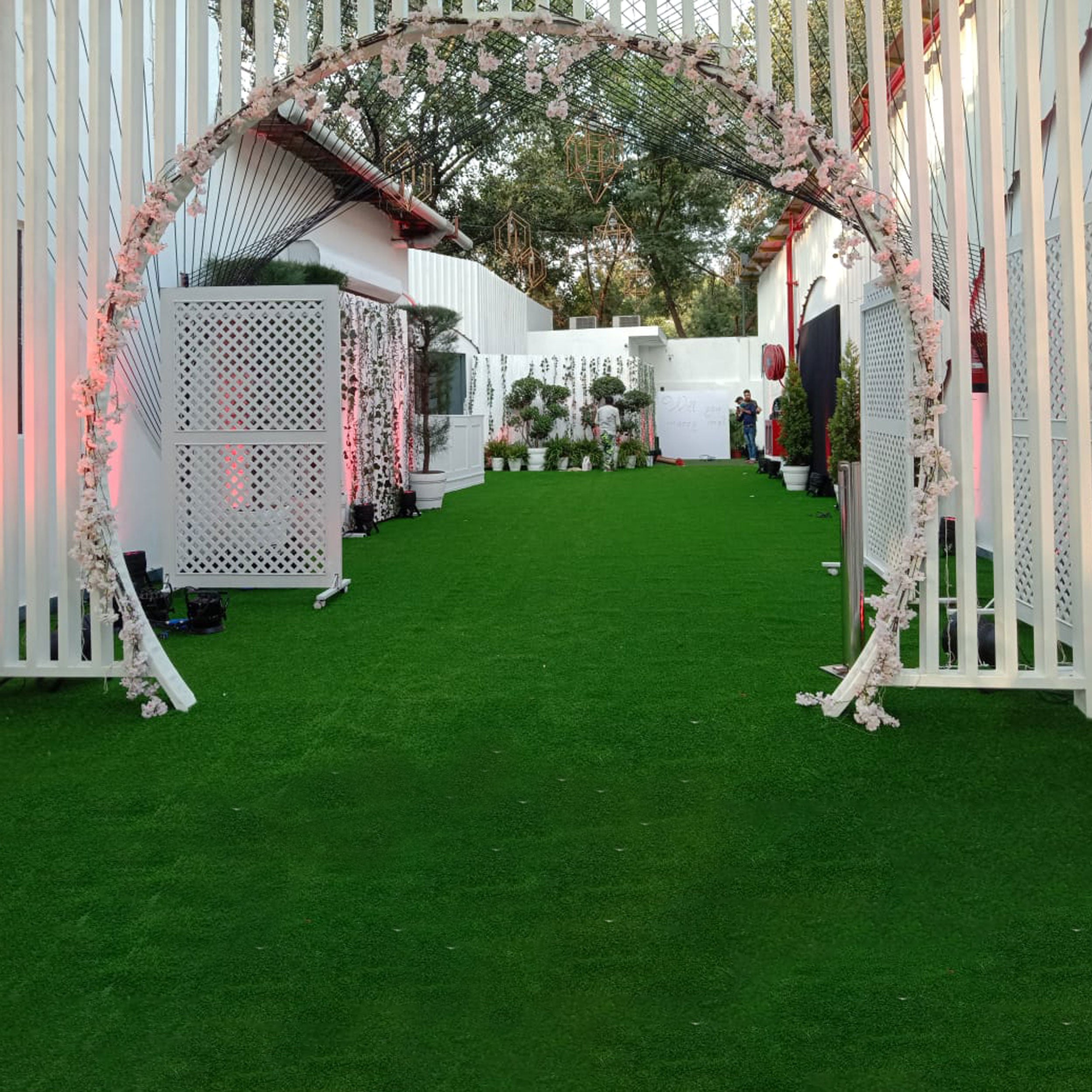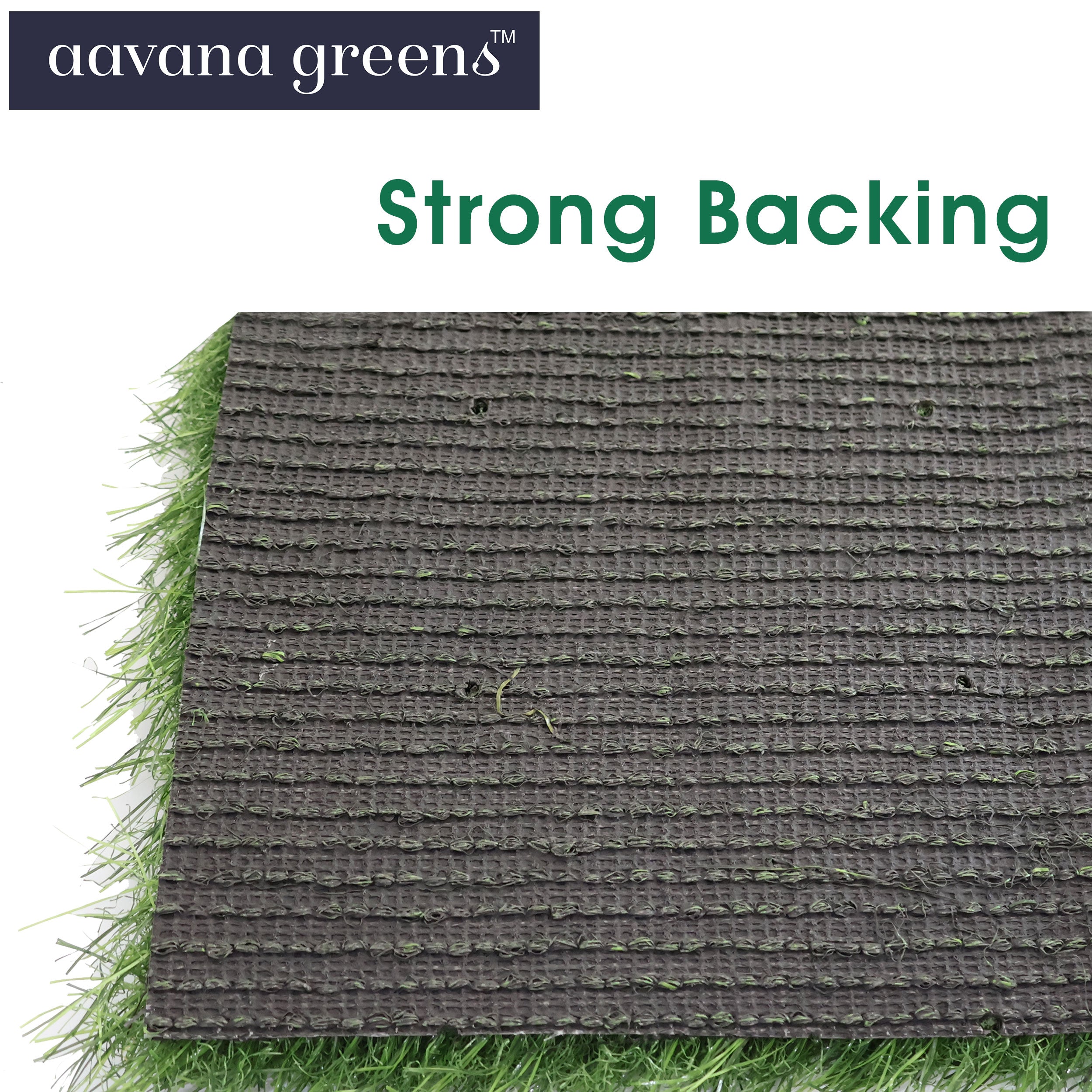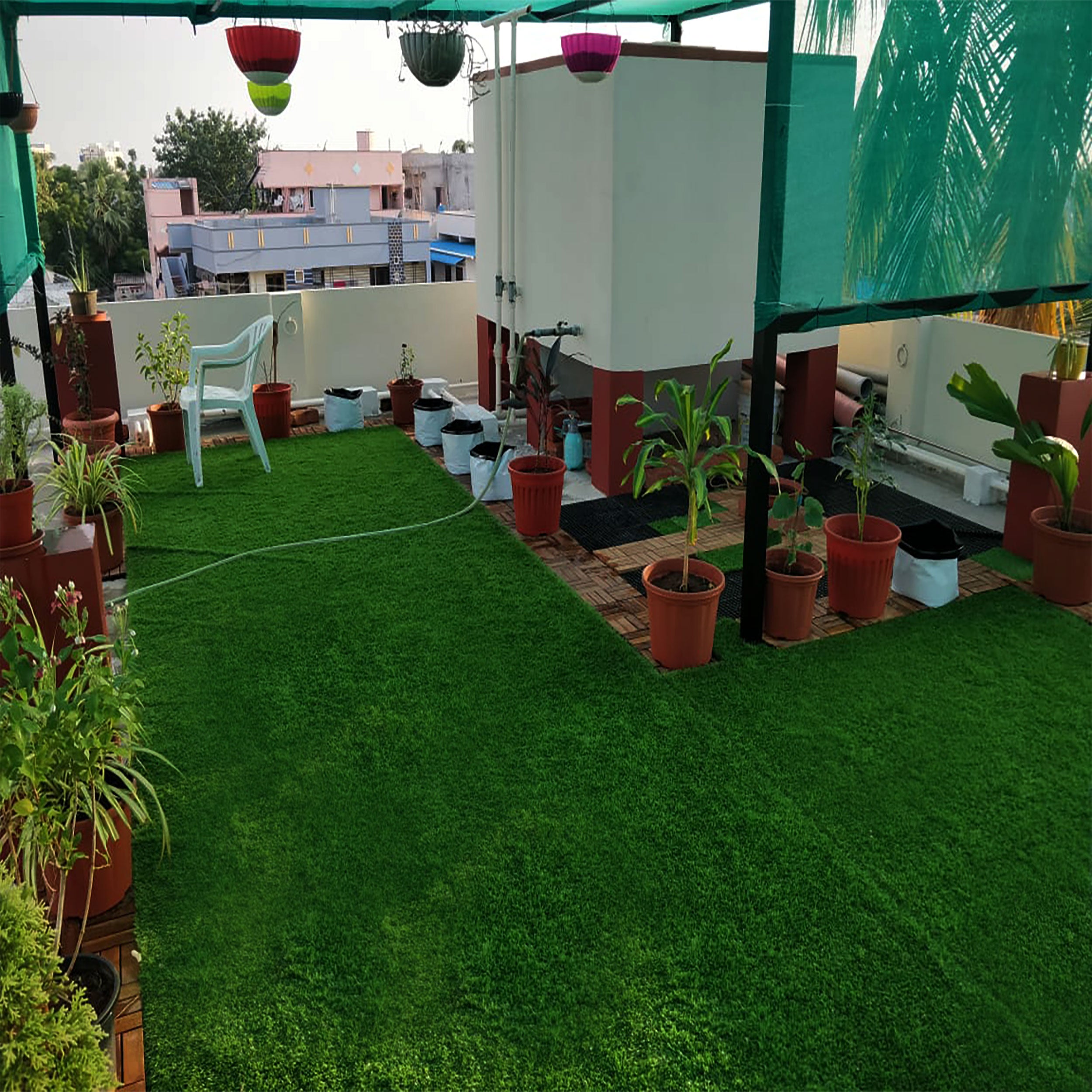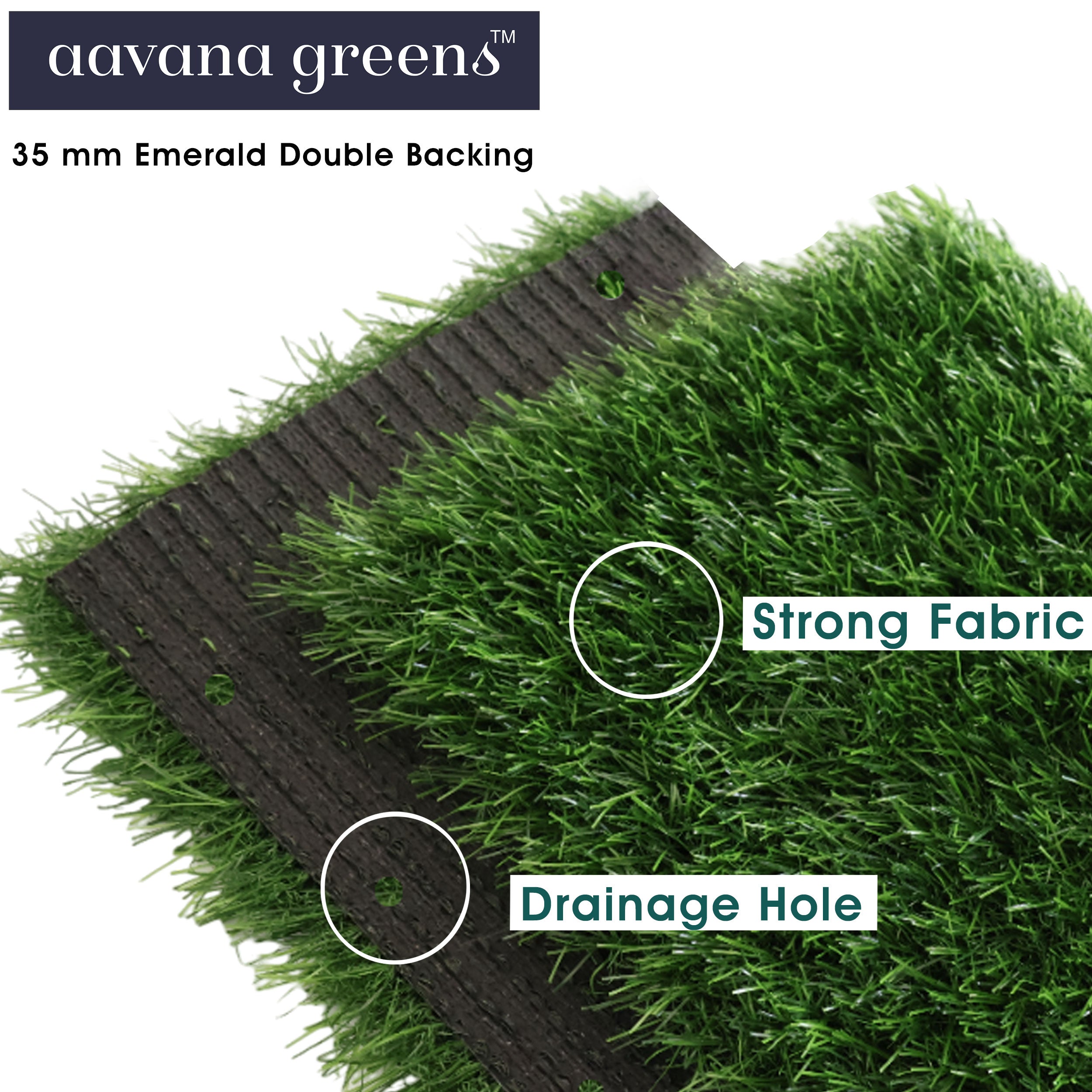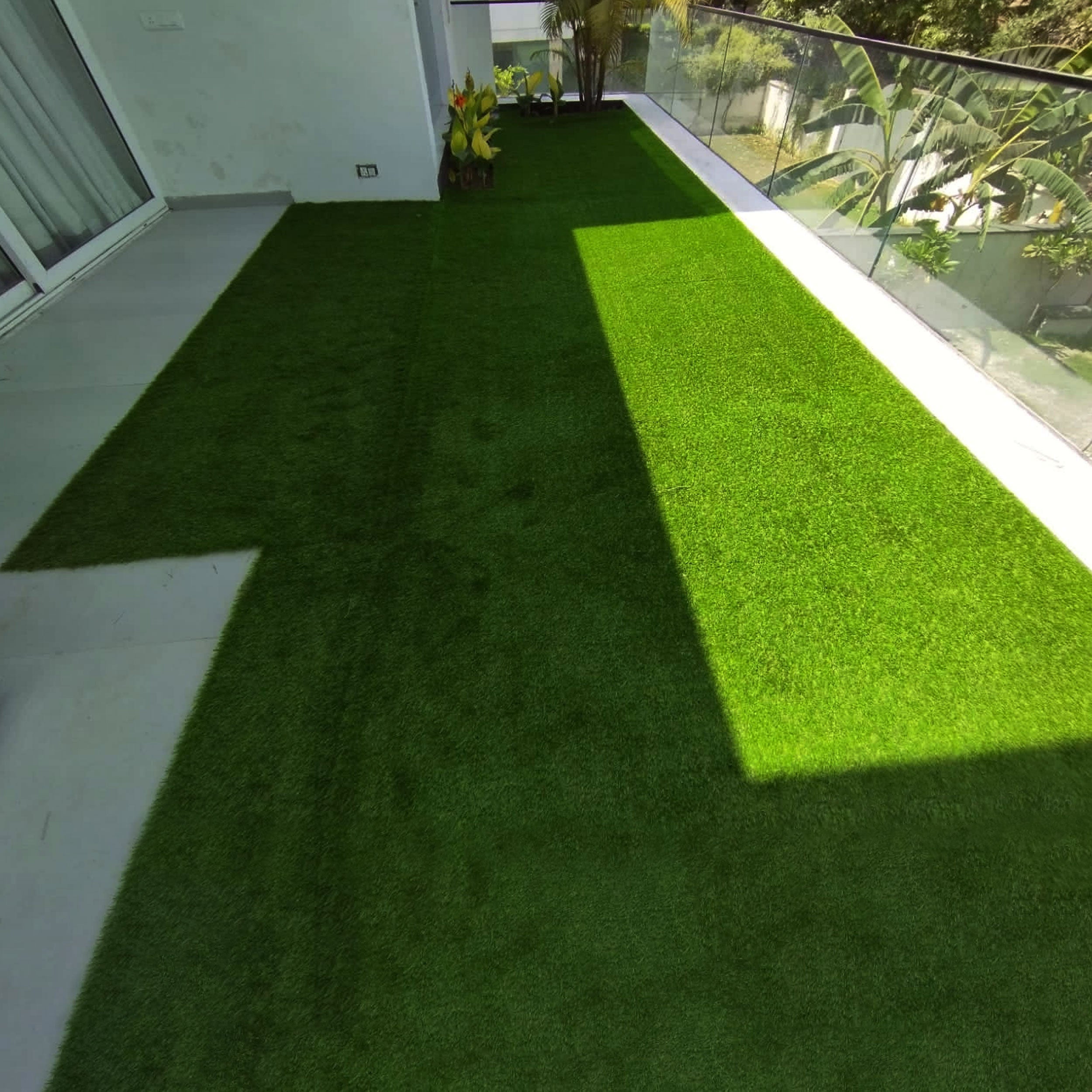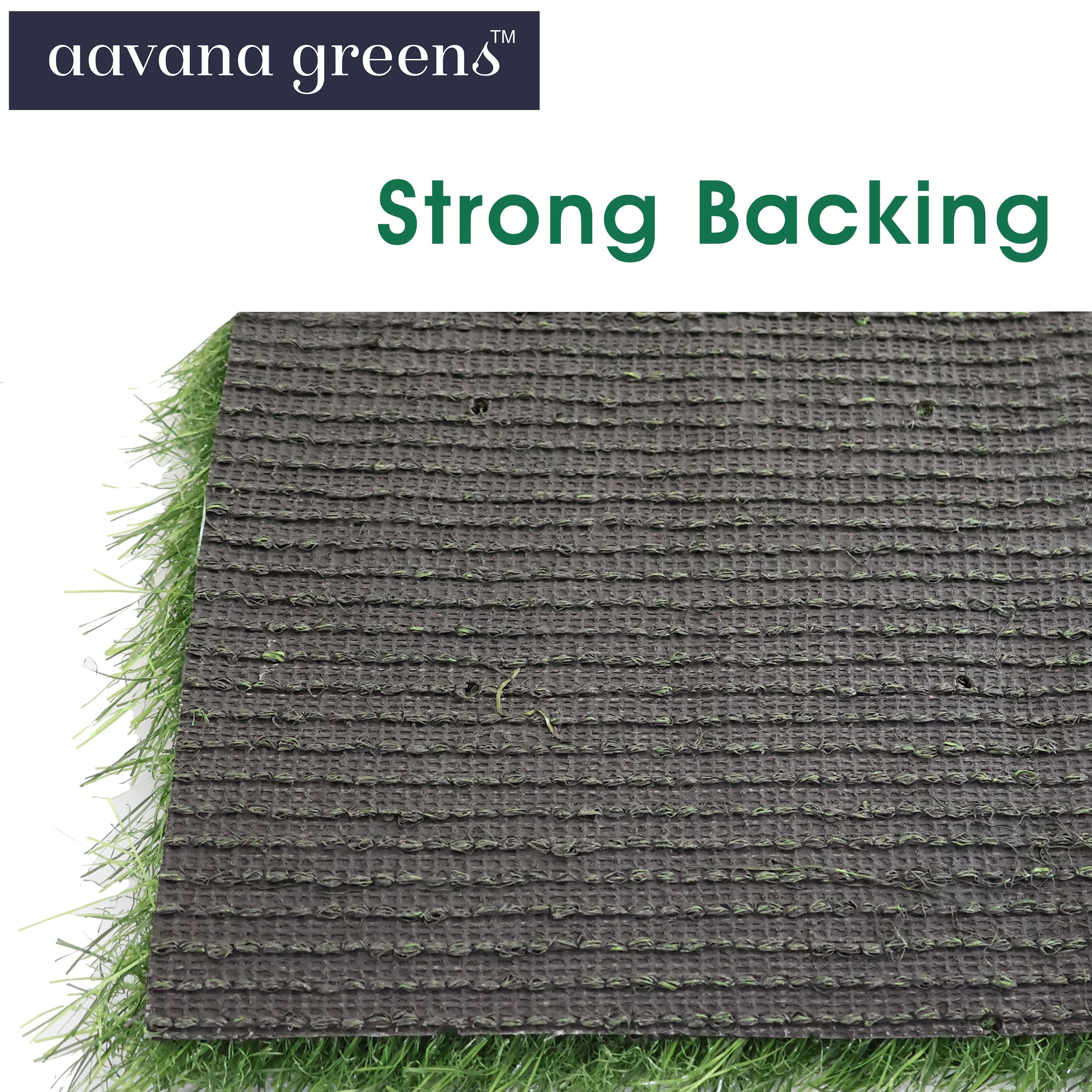
The Environmental Impact of Artificial vs. Real Plants

When choosing between real and artificial plants, sustainability is an important factor to consider. Real plants naturally benefit the environment by providing oxygen, improving air quality, and supporting biodiversity. They play a vital role in the ecosystem, offering numerous advantages. However, real plants also require water, sunlight, and care, which isn’t always feasible for everyone. The need for consistent maintenance and ideal growing conditions can be challenging, especially in urban environments or for individuals with busy lifestyles.
In contrast, artificial plants are made from synthetic materials like plastic and can take hundreds of years to decompose, contributing to waste if not disposed of properly. The production of artificial plants involves the use of resources and energy, leading to a significant carbon footprint. Despite these environmental drawbacks, artificial plants offer long-term durability, often lasting for many years with minimal maintenance. Their ability to retain their appearance without the need for water or sunlight makes them a practical choice for those who want greenery without the associated upkeep.
To mitigate the environmental impact of artificial plants, it is important to opt for high-quality faux plants that will last longer and can be reused seasonally or repurposed for different design projects. Investing in durable artificial plants can reduce the need for frequent replacements, ultimately lowering the demand for new products. This reduction in consumption translates to less resource extraction and manufacturing, which in turn reduces the overall environmental impact.
Both real and artificial plants have their environmental pros and cons. Real plants contribute positively to the environment by absorbing carbon dioxide and releasing oxygen. They also support biodiversity by providing habitats for various organisms. However, the water and energy required to care for real plants can be a concern, especially in areas with limited resources. In contrast, artificial plants do not offer the same environmental benefits but require significantly less maintenance and resource consumption over time.
By being mindful of sourcing, care, and disposal methods, you can reduce the impact of both types of plants and incorporate greenery in a way that works best for your lifestyle and environmental values. For real plants, consider choosing native species that require less water and are adapted to local conditions. This can minimize the need for extensive care and reduce water usage. Additionally, practicing sustainable gardening techniques, such as composting and using organic fertilizers, can further enhance the environmental benefits of real plants.
For artificial plants, prioritize purchasing from companies that use environmentally friendly materials and manufacturing processes. Some manufacturers offer faux plants made from recycled materials or biodegradable components, which can help reduce the environmental impact. When it comes time to dispose of artificial plants, explore recycling options or donate them to organizations that can repurpose them for decorative purposes.
Incorporating a mix of real and artificial plants can provide the best of both worlds. Use real plants in areas where they can thrive and offer environmental benefits, such as outdoor gardens or well-lit indoor spaces. Complement them with artificial plants in challenging spots where maintenance is difficult or where real plants are unlikely to survive. This balanced approach allows you to enjoy the beauty of greenery while minimizing the environmental impact.
Ultimately, the choice between real and artificial plants depends on your circumstances and values. By carefully considering the environmental implications and making informed decisions, you can create a green space that aligns with your sustainability goals and enhances your living environment. Whether you opt for real, artificial, or a combination of both, thoughtful practices and mindful choices can contribute to a more sustainable future.


